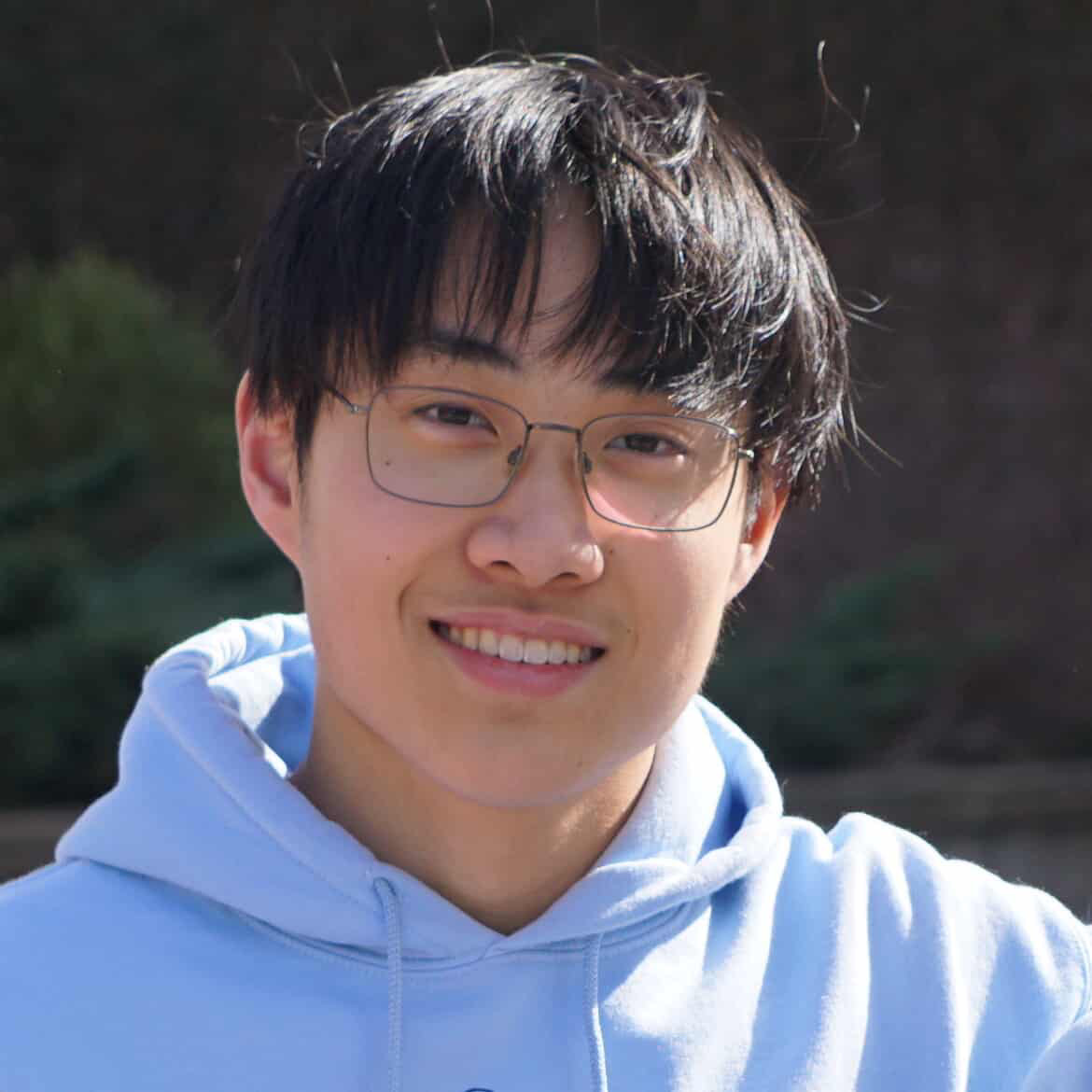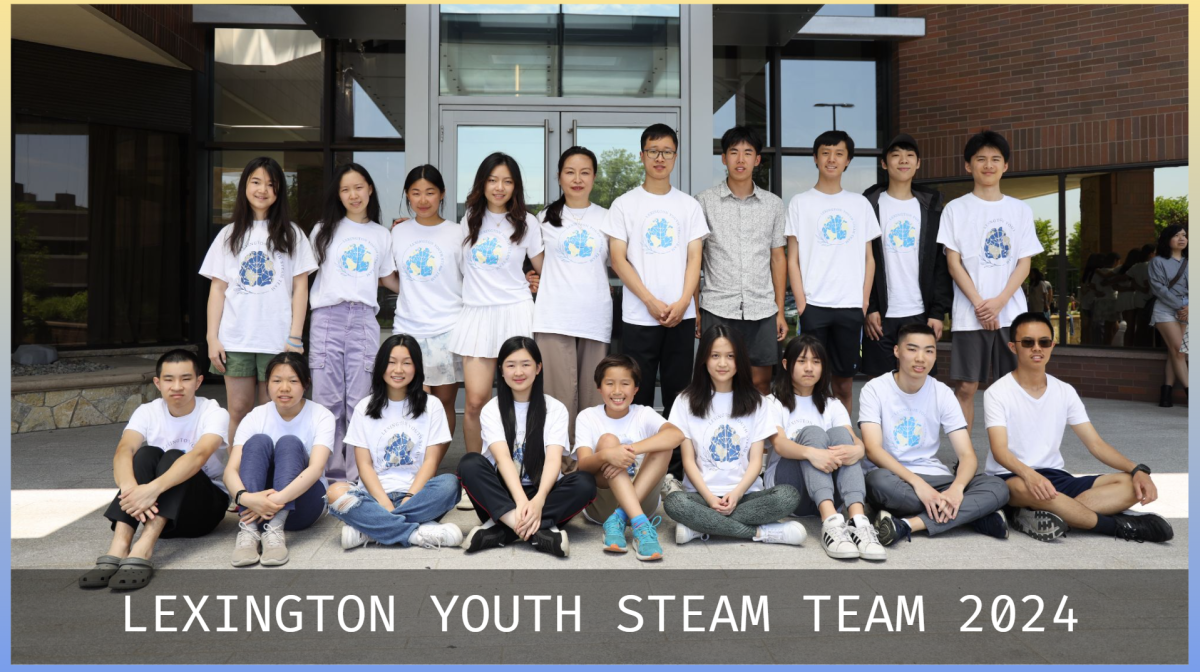As the competition season approaches, Lexington High School robotics team, 2 Bits and a Byte, is gearing up with intensified efforts. The team is buzzing with activity, preparation, and an expanding agenda.
The team members utilize their collective engineering skills to excel in FIRST Tech Challenge (FTC) competitions. These competitions not only showcase their technical skills, but also highlight their commitment to STEM education. Beyond robot design, they must consider complex programming and strategic thinking. The team extends beyond competitions and inspires the next generation of engineers.
In order to prepare for competitions in a systematic manner, the team divides into two sub-teams: builders focusing on hardware and programmers focusing on software. This division ensures a comprehensive approach, addressing both the physical and programming perspectives of their robots.
Some of the key aspects of this team are teamwork and communication, qualities that are evident in the team’s structure.
“We’re working on making sure that the communication between both the hardware and software subgroups is much stronger,” Bianca Zhang, the software co-captain of the team, said.
While it might be difficult to navigate communication across the two groups, team members enjoy the flexible roles within Two Bits and a Byte, allowing them to pursue different interests.
“If you really want to do software, you can do software, and change from hardware. It depends on what you want to do,” Srivatsan Ramanujan, another hardware co-captain, said.
The team’s commitment extends to community engagement, with an emphasis on outreach. This includes hands-on projects and educational initiatives, including a robotics curriculum for elementary schools, aiming to spark early interest in STEM and robotics.
“Everyone in our team participates in outreach. We have members who are leads of specific small outreach projects,” Dey said.
As competitions approach, the team’s dedication is reflected in their extended meetings. The team’s approach to design is both methodical and creative, which is the key to addressing complex robotics challenges.
“We start by breaking down the problem […] and then based on those problems, we create mechanisms,” Zhang says, discussing the robot design process. “I think it also definitely helped me think academically in a different way. Problem-solving has been helped through robotics.”
Anticipating their first major competition in December, the team is prepared. Their goals extend beyond winning competitions, but also learning and development for its members.
The planning and hard work leading up to competitions is not just about perfecting their robot, but a reflection of the team’s deeper commitment. The club’s experience is about the connections made and the journey towards personal growth and impact to the community.
“It’s prior to tournaments [when] we definitely bond a lot… tons of communication. And that’s where I think the most team bonding happens,” Ramanujan said.


